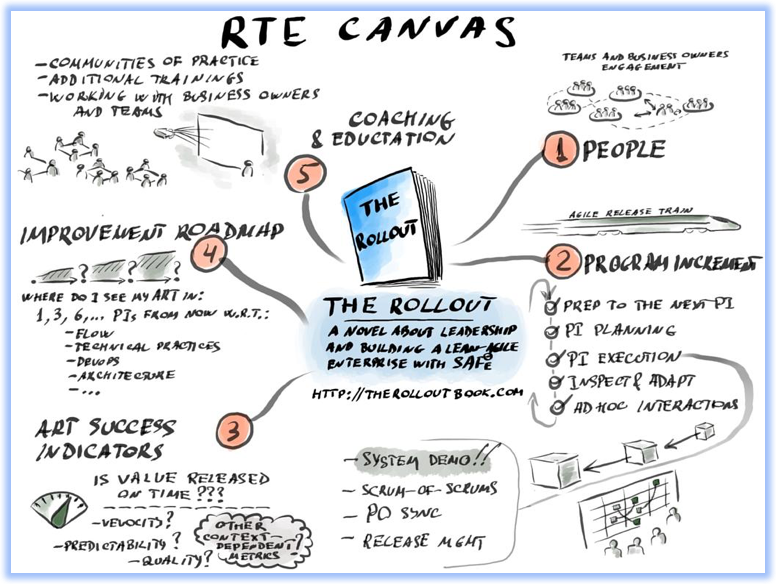A few years ago, I promised myself that I wouldn’t write about (vent, rebut, defame, complain, rebuke, or otherwise whine about) SAFe any longer. It just frustrated me, made me an angry old curmudgeon, and significantly raised my blood pressure. And I realized that I needed to focus on more “positive” things in the agile community.
But dammit, it’s happened to me again. I’ve been SAFe’d…
Late last year I attended a meeting where a SAFe agilist and Fellow, presented a talk on finding purpose in SAFe. I’ll refer to them as Sam.
First Impressions
I don’t believe I’d met Sam before or at least not that I remembered. Sam seemed to be well-intentioned and principled. Sam was clearly a very smart and polished SAFe supporter and evangelist. And Sam also had a strong Kanban background and the lean side of that shined through the presentation.
I don’t want this to be interpreted as an opinion of Sam as a person. Instead, it’s an opinion (again) of SAFe and Sam representing SAFe as a Fellow.
This is a bit uncomfortable for me to admit, but I have some confessions to make…
I’m a SAFe SPC;
I’ve attended a 2-day Nexus training;
I plan on attending / co-teaching Scrum @ Scale with Don MacIntyre in September;
I’ve studied (I mean studied!) and contrasted DAD and LeSS;
I’ve actively coached SAFe organizations;
I’ve been leveraging simple scaling techniques (Scrum of Scrums, bits of SAFe) for well over a decade.
So, it’s fair to say that “agile scaling” is in my bones, in my DNA, and that I’m fairly experienced. And it’s incredibly easy for me to meet a larger scale client and begin discussing scaling aspects quite early in our coaching relationship.
I saw a picture tweeted by Alex Yakima with this picture of the RTE Canvas and it inspired me to talk about this role more.
You can find the tweet here - https://twitter.com/alexyakyma/status/793491699515273216
In the canvas, he highlights five key responsibility areas for the Release Train Engineer. They are:
- People
- Program Increment
- ART Success Indicators
- Improvement Roadmap
- Coaching & Education
To be fair, I’ve been fairly critical of some aspects of the Scaled Agile Framework. And even though I’m a SPC, I still don’t blindly install SAFe in many of my clients. That being said, there are a majority of my clients who are using (or planning on using) SAFe, so I get exposed to it quite often.
While I personally struggle with the agileness of much of SAFe, in the spirit of fairness, I do think there are concepts in the framework that are healthy and useful. So let me share a few of those...
I honestly believe that having high-energy and high-impact Sprint Reviews truly differentiates high-performance agile teams and organizations. It's very much of a "Show Me the Money" moment for the team. It allows the team to be transparent and demonstrate their results. It allows the organization to provide feedback. And it serves as a progress baseline / milestone so as to measure progress towards established goals. And finally, it should be cause for "celebration".
In many ways, agile delivery is about Earned Value, and EV is demonstrated one sprint at a time.
I’m often quite wordy in my blogs. I’ll pose an initial question in the title, throw out a thousand words or so, and then present a conclusion. I’m not going to do that here. Instead I’ll be much more succinct.
Is forecasting evil in agile portfolios?
YES!
The context for this conclusion and subsequent discussion is three-fold:
- Forecasting when you are just building your agile teams OR are in the early stages of an agile transformation;
- And, when you’ve been doing agile for awhile, and you’ve become overconfident with your capacity awareness;
- And forecasting in this sense is anyone determining how large or how long something will take and NOT fully engaging their team in the estimation, planning and forecasting.
Last week I attended a 4-day Scaled Agile Framework class with a result of sitting for my SAFe Program Consultant (SPC) test. A few days after the class, I received an email telling me I passed the exam. I am now a proud and newly minted SPC. This enables me to teach several SAFe courses, to kick-off and coach Agile Release Trains (PSI’s), and to generally coach organizations that are adopting SAFe.
But to be honest, I’m still digesting SAFe. It’s not that I’m having trouble with the concepts or approaches. It’s more so that I’m having a challenge fitting them into my own experience in a useful way. You see much of what I learned in the class I’ve been using and doing for a long time in my own agile journey. But I’ve couched those techniques under Scrum of Scrums for agile scaling—and with fairly good success.







